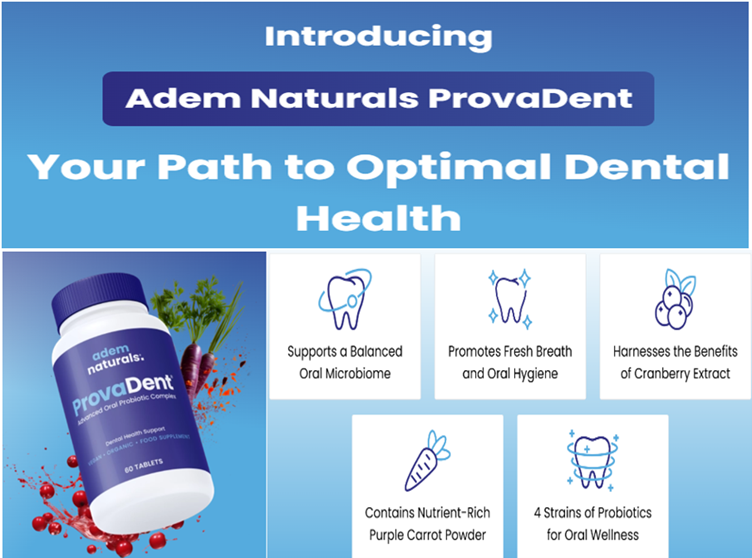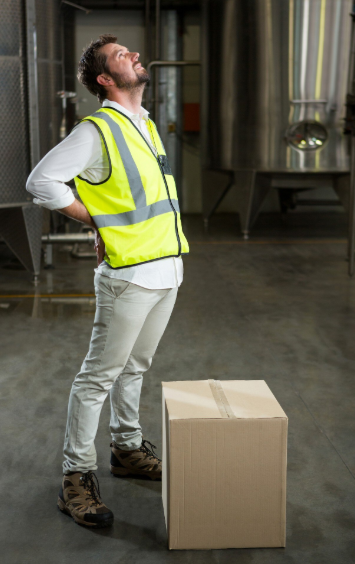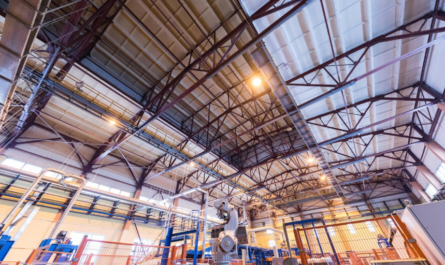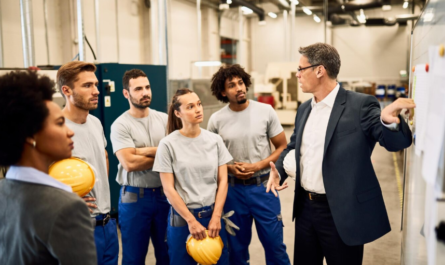INTRODUCTION
“A well-designed factory isn’t just about machines and walls — it’s about people.”
When we think about factory buildings, the first image that often comes to mind is one of machines, production lines, and massive structures. But there’s a deeper layer that often goes unnoticed — the ergonomic design. It’s not just a buzzword; it’s the secret sauce that can dramatically improve productivity, reduce injuries, and boost employee morale.
If you’re planning a new factory layout or redesigning an existing one, understanding ergonomic factors is not just helpful — it’s essential. So, let’s dive in.
🔧 What Is Ergonomics in Factory Design?
In simple terms, ergonomics is about designing workplaces that fit the worker, not forcing the worker to adapt to the workspace. This includes physical design, workflow layout, environmental comfort, and even psychological factors.
When applied to factory building design, ergonomics focuses on:
- Reducing physical strain
- Optimizing movement and posture
- Preventing repetitive strain injuries (RSIs)
- Improving workflow efficiency
Let’s explore the ergonomic factors in detail, so you can design a workspace where efficiency and well-being go hand in hand.
🧭 1. Strategic Factory Layout Planning
Before a single brick is laid, the layout must be mapped. A poor layout results in bottlenecks, confusion, and wasted time.
📌 Key Ergonomic Considerations:
- Logical flow of materials: Raw materials should enter one end and finished goods exit from another, minimizing backtracking.
- Minimize travel distances: Workers shouldn’t need to walk long distances between tasks.
- Avoid sharp turns and blind corners: They slow down trolleys and forklifts, and increase accident risk.
👉 Tip: Use spaghetti diagrams during planning stages to visualize and reduce unnecessary movement.
💺 2. Workstation Design: Comfort Meets Function
A worker’s primary interaction is with their workstation. Whether it’s assembly, packaging, or inspection, the design of these areas can make or break performance.
🔍 What to Focus On:
- Height adjustability: Tables and benches should suit a range of worker heights or be adjustable.
- Reach zones: Frequently used tools should be within easy reach to reduce strain.
- Footrests and anti-fatigue mats: Especially in standing workstations.
Ergonomic workstations can reduce fatigue, prevent long-term injuries, and improve precision in manual tasks.
🚶♂️ 3. Movement and Access Space
Cramped factory floors are breeding grounds for injuries and stress. Employees should have enough personal space and freedom of movement.
📏 Recommended:
- At least 1 meter between machinery or assembly lines for walking paths.
- 2.5 to 3 meters wide pathways for forklifts or hand trolleys.
- Avoid low beams and overhead obstructions.
Also, make space for rest areas, lockers, and change rooms, especially in large-scale facilities.
🌡️ 4. Lighting and Visual Ergonomics
Poor lighting isn’t just about eye strain — it affects accuracy, mood, and safety. Good lighting is a low-cost, high-impact ergonomic win.
💡 Key Elements:
- Natural light: Windows and skylights reduce fatigue and increase alertness.
- Task lighting: Focused lights on workstations for detail work.
- Glare control: Use diffused light or anti-glare surfaces.
👉 Pro Tip: Color temperature matters. Use cooler light (5000–6500K) for alertness in production areas.
🔇 5. Noise Control and Acoustic Design
Factories are noisy — but constant high noise levels can lead to stress, fatigue, and hearing loss.
🧱 Ergonomic Solutions:
- Use sound-absorbing panels or acoustic baffles on ceilings and walls.
- Isolate noisy machines in separate enclosures.
- Provide ear protection and regular hearing tests.
Also, ensure the factory layout separates quiet zones (like control rooms) from loud production lines.
🌀 6. Ventilation and Air Quality
A fresh, well-ventilated factory keeps workers alert and comfortable. Poor air quality leads to headaches, allergies, and respiratory issues.
🌬️ Focus Areas:
- Cross ventilation design or HVAC systems in enclosed units.
- Use exhausts near emission points (welding, painting, etc.).
- Monitor for dust, fumes, and chemical exposure.
Ergonomically, fresh air improves mood, concentration, and reduces absenteeism.
🌡️ 7. Temperature Control
Factories, especially in India, deal with extreme heat. High temperatures reduce productivity and increase accident risks.
🌞 Ergonomic Strategies:
- Heat-reflective roofing and walls
- Ceiling or wall-mounted fans in non-AC zones
- Zoned cooling systems for critical areas
- Water coolers and hydration stations every 100 meters
Designing for thermal comfort is not just a luxury — it’s a necessity in high-performing factories.
📦 8. Material Handling Ergonomics
Manual material handling is a major source of musculoskeletal disorders (MSDs) in factories.
🏗️ How to Reduce Risk:
- Use of trolleys, lifts, and conveyors to minimize lifting.
- Avoid storing materials above shoulder or below knee level.
- Train workers in safe lifting techniques.
Ergonomically planned storage and handling saves backs — and money.
🚪 9. Entry, Exit & Emergency Layouts
Ergonomics also includes safety and emergency preparedness.
✅ Must-Haves:
- Clearly marked emergency exits, no more than 30 meters from any point.
- Anti-slip flooring in wet or oily zones.
- Adequate lighting in evacuation routes.
Don’t just think about daily use — think about evacuation under panic conditions.
💡 10. Visual Signage and Instructions
Clear, readable signage reduces confusion, improves flow, and prevents accidents.
🪧 Ergonomic Signage:
- Use pictograms and color codes.
- Place eye-level signs at junctions, workstations, and equipment.
- Include safety, instructional, and directional signage.
Poor signage = poor ergonomics.
🤝 11. Inclusivity and Accessibility
Modern factory design must also consider workers with physical limitations.
♿ Design Tips:
- Ramps and wide doors for wheelchair access.
- Lever-type door handles instead of knobs.
- Adjustable tables and tools for different strength levels.
Ergonomics is about everyone — not just the average worker.
🧠 12. Cognitive Ergonomics and Mental Wellness
It’s not all about the body. Mental fatigue, poor focus, and stress can harm performance just as much.
🧘 How to Help:
- Provide quiet zones for short breaks.
- Use color psychology: calming blues, energizing greens.
- Rotate workers in repetitive tasks to reduce monotony.
A mentally comfortable worker is a more efficient, alert, and safer one.
📊 Real-Life Example: Ergonomic Factory Layout Success Story
Let’s look at a real-life example.
Company: Toyota Motor Corporation
Toyota’s assembly plants are globally known for their exceptional ergonomic designs. Their layout includes:
- Adjustable conveyor belt height.
- Rotating platforms for vehicle assembly.
- Step stools for shorter employees.
- Noise-reduction panels.
The result? Reduced injuries by over 40% and improved task completion times.
🛠️ Final Words: Plan Ergonomics from Day One
Ergonomic design isn’t something you “add later” — it needs to be integrated into the design from day one. From the angle of a workstation to the direction a door swings, every small decision adds up.
If you’re designing a factory, ask yourself:
Is this layout good for the machines, or is it good for the people who run them?
The answer should be — both.
🏁 Conclusion: Make Ergonomics Your Competitive Edge
A factory designed with ergonomics in mind is a happy, safe, and productive workplace. It reduces injuries, enhances performance, and most importantly — shows your employees you care.
So, next time you walk into a production floor, look around with fresh eyes. Is it worker-friendly? Is it efficient? Is it ergonomic?
If not — it’s time to redesign.
🔄 Stay Tuned!
👉 Have questions or your own ergonomic success story? Share it in the comments below!
🔁 Readers also enjoyed these blog posts:
- Safety Management’s Role: The Unsung Hero Behind Every Successful Organization
- Safety Management and Its Responsibilities: Protecting People, Preventing Hazards, and Promoting a Culture of Care
- Benchmarking for Safety Performance: A Key to Continuous Improvement
“Start Your Website Journey Today – Exclusive Hostinger Discounts!”
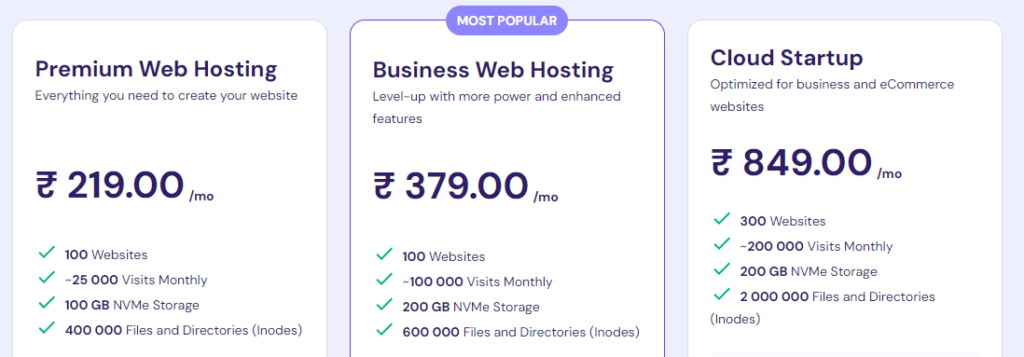
Turn Any Idea into Viral,
Jaw-Dropping AI Videos in Seconds!




